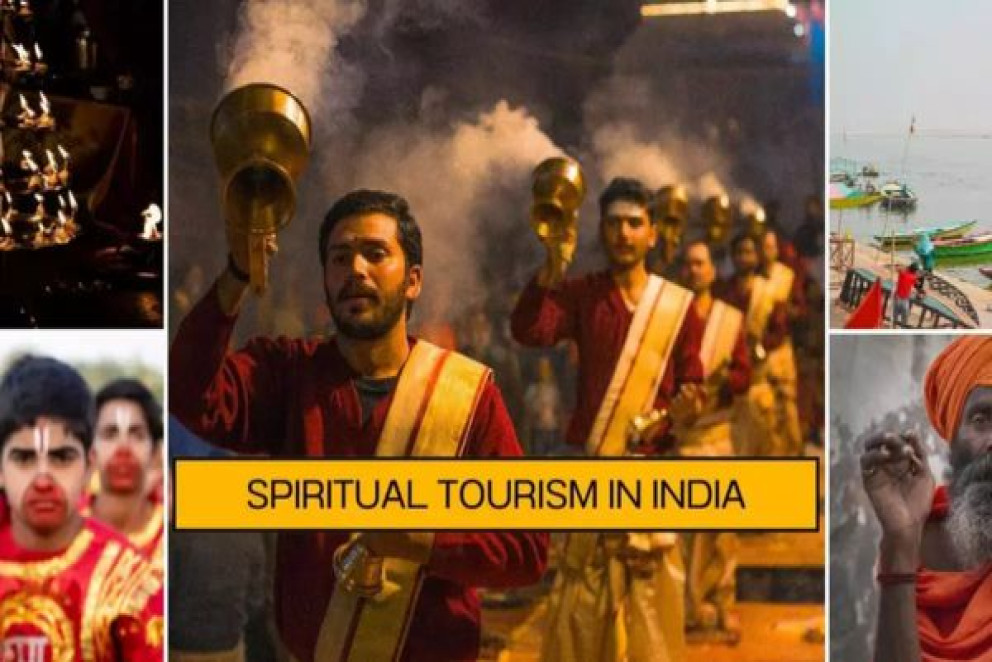Blog Details

Spiritual tourism in India: Seeking peace and inner harmony
The word ‘spirituality’ in itself is complete and holds the key to happiness. If an average person fully understands and deciphers the meaning of ‘being spiritual’, he/she might never have to depend on others or materialistic objects to stay happy and live a fulfilling life. It all comes down to the mind’s spiritual awakening to be the best version of yourself. And to achieve this state of mind, the world's significant population is making its way to India, the center of spirituality, the best place to attain moksha and the birthplace of Yoga and Ayurveda.Let’s have a close look at the growing religious and spiritual tourism industry of India.
Religious and spiritual travel
Isn't it beautiful that people from across the globe are travelling to India in search of peace or to achieve a spiritual state. In fact, you’ll be surprised to know that around 60% of tourism in India is connected to religious and spiritual travel. As per data from the Ministry of Tourism, in 2022, 1,433 million domestic tourists visited various pilgrimage sites across the country.
Sabina Chopra, COO, Corporate Travel & Head Industry, Yatra Online says, “India's spiritual tourism is gaining momentum, driven by multiple factors, both for international and domestic travelers. Aspects like yoga, Ayurveda for international travelers & major events like Ram Mandir, Maha Kumbh etc. with government participation at a large scale is also boosting spiritual tourism.”
Spiritual tourism in India has deep, ancient roots, shaped by the travels of revered figures such as Adi Shankara, who journeyed across the subcontinent to establish mathams that continue to exist today. Historically, pilgrims undertook arduous journeys, traversing vast distances from Kanyakumari to Kashmir and Badrik Ashram, with these accomplishments remembered for generations. The Shakta tradition alone has at least 51 sacred pilgrimage sites across South Asia, including locations like Hinglaj in Pakistan that still attract devotees. With advancements in transportation, spiritual tourism has become more accessible, allowing greater numbers of individuals to experience these sacred places, fulfilling a deep sense of inner satisfaction while also supporting the local economies of these spiritual hubs.
The modern advancements in transportation have significantly contributed to the growth of spiritual tourism in India. As travel has become easier, more people are able to visit historically and spiritually significant sites. This accessibility not only enriches the experience for pilgrims but also stimulates local economies in these spiritual centers. Furthermore, the historical significance of pilgrimage routes, such as those established by Sri Chaitanya Mahaprabhu in the 15th and 16th centuries, highlights the deep cultural connections that still resonate today. The continuation of these traditions, combined with modern conveniences, has fostered a thriving environment for spiritual tourism.
Chirag Agarwal, Co-founder & COO, TravClan believes, “Seasonal religious tourist places like Amarnath, Kedarnath continue to draw a lot of travelers. Government is taking all measures to keep it comfortable and safe for all tourists in terms of infrastructure and security.”
All these trends indicate a significant growth in the spiritual tourism industry of India.
Source: Times Of India



